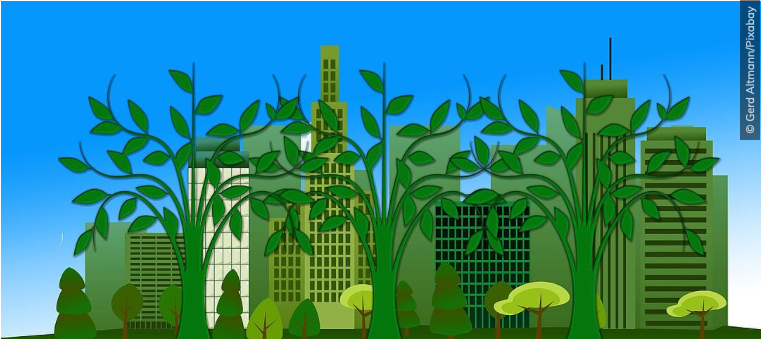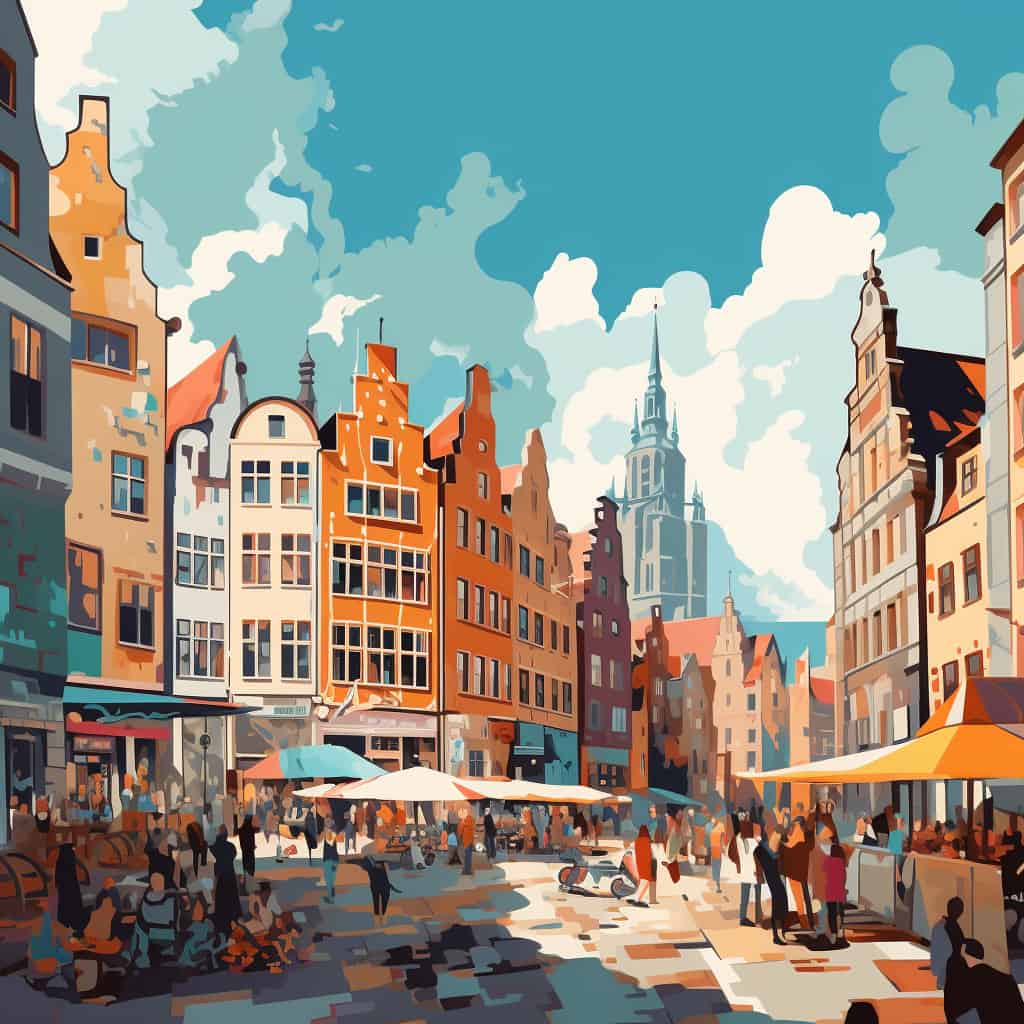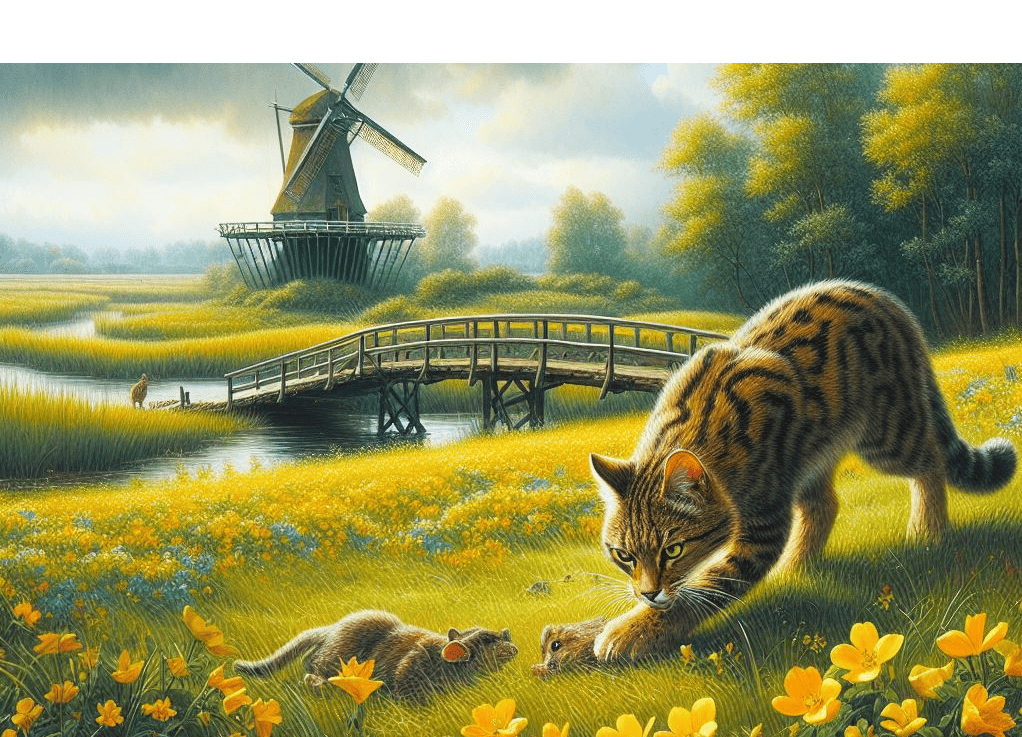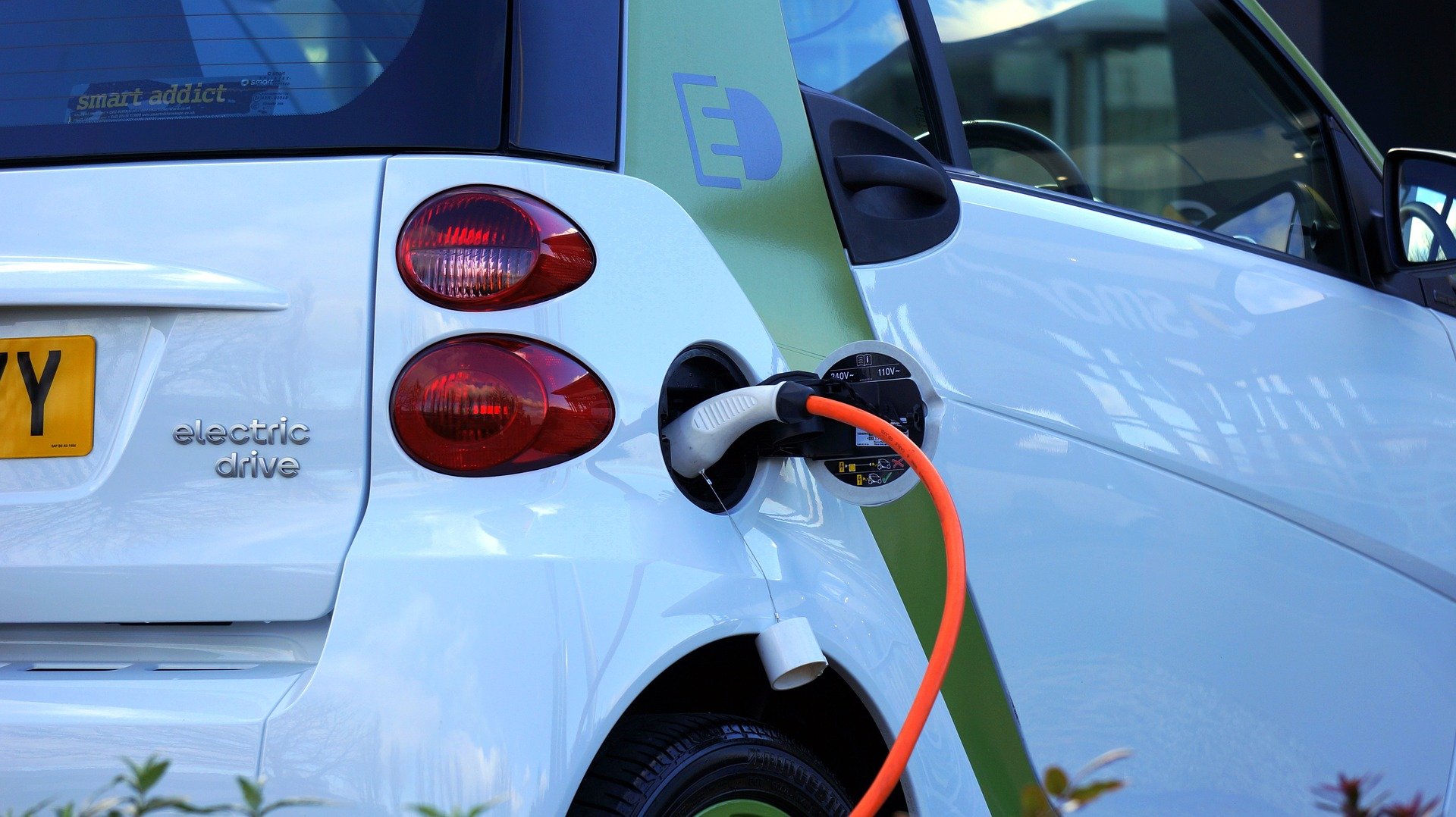
The catastrophic floods last month in the Netherlands, Germany and Belgium have once again made it clear that much needs to be done to accommodate floodwaters in urban areas. But there’s another problem: heat. Cities are becoming islands of heat in the summer due to increasingly frequent heatwaves. So cities also need to be able to allow water to evaporate again to cool down. Urban vegetation plays an important role in this,” says Matthias Barjenbruch, professor of urban water management at the Technical University of Berlin, Germany.
“The goal of urban development in the future must therefore be to link urban vegetation to urban water infrastructure. This has hardly been done so far. But it is the only way the city can cope with periods of heavy rainfall and heat,” states Barjenbruch, whose team in the “BlueGreenStreets” project is researching the excessive load of street water.
Climate Change
It is now clear that heavy rainfall and heat waves are due to climate change. “For urban development, this means that a variety of strategies must be pursued simultaneously and with equal priority,” argues the Berlin scientist. “Cities need to adapt to these climate effects. Streets, roofs, facades, sidewalks, playgrounds, green spaces, parks, and parking lots should no longer be developed side by side, but in relation to each other. Roads, water, housing, green spaces, transportation. Everything must be considered together to arrive at integrated solutions,” said Barjenbruch.
Precipitation
In this “BlueGreenStreets” concept, streets are not just streets. They become so-called retention areas, spaces that can hold and drain water masses during heavy rainfall. This can be done through a decentralized collection of rainwater in or adjacent to the street. For example, by lowering parking spaces for cars.
Alternatively, roads could be given the function of emergency waterways during heavy rainfall by installing center gutters ( V-shaped) in the roads, high curbs or thresholds. This allows precipitation to be discharged in a controlled manner to adjacent open spaces such as parks, public gardens or playgrounds. There it would then sink into the ground. Houses, streets, but also sewer systems would thus be protected against flooding. Any damage would be limited. In periods of drought, the collected rainwater is then available again for urban vegetation and can transpire through the plants, providing cooling, instead of simply being discharged through the sewer system.
Trees
Similarly, trees can provide temporary water storage by forming different types of reservoirs, such as a tree trench. Rainwater would be directed to the trees and stored underground. With that water, the trees would be irrigated by a drainage system. This would allow the tree to be supplied with water during periods of drought.
This way trees could provide shade and cooling and reduce the strong warming of sidewalks and streets during a heatwave. Other elements of heat prevention include evaporation beds with transpiration-intensive plants, green roofs and facades. Here, roofs and facades take on the additional function of water reservoirs and also serve as shade, transpiring and thus cooling urban space.
Photo: Streets must become greener. Urban vegetation must be linked to urban water infrastructure.
Also interesting: The city of the future: Smart and social








